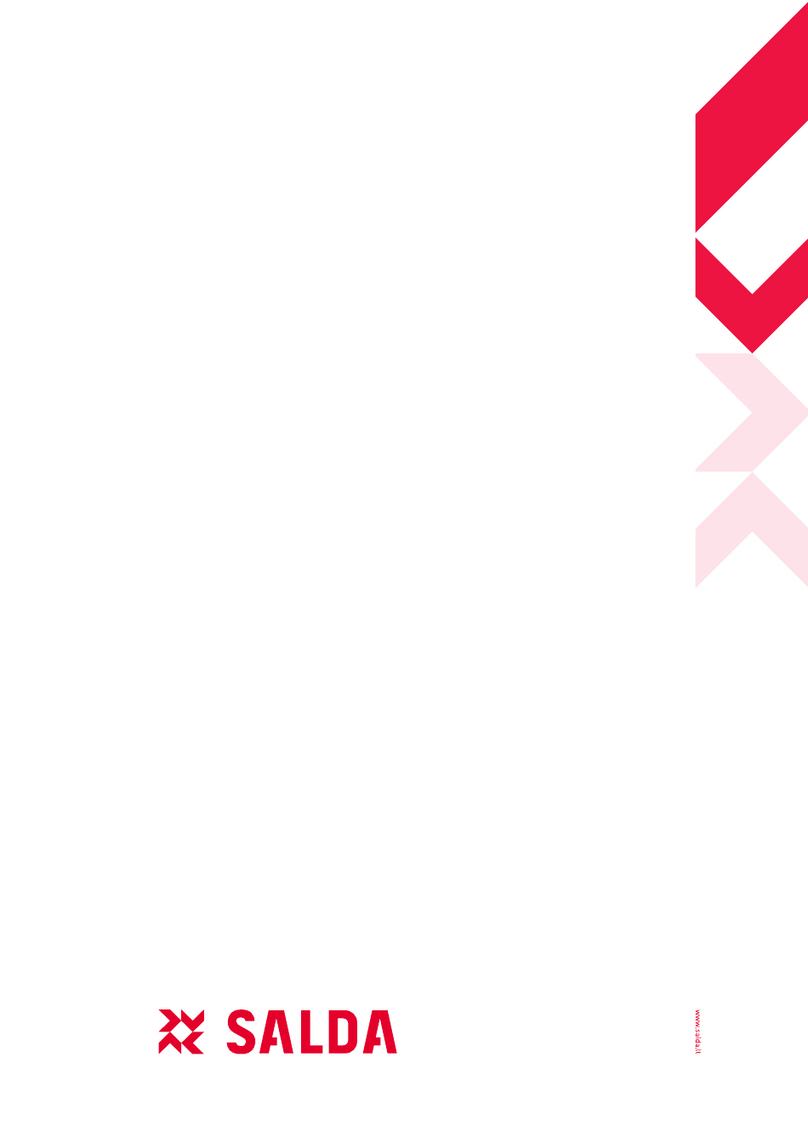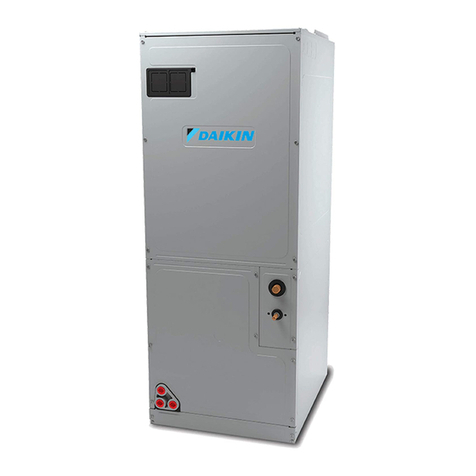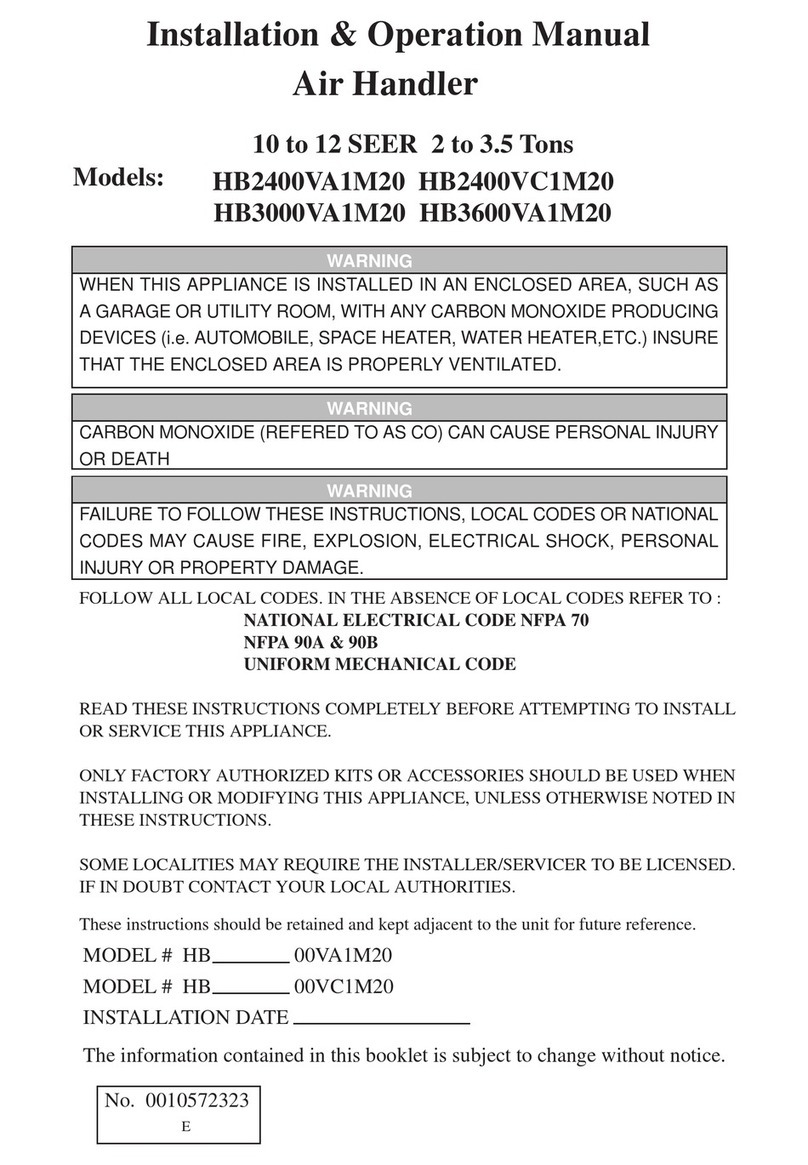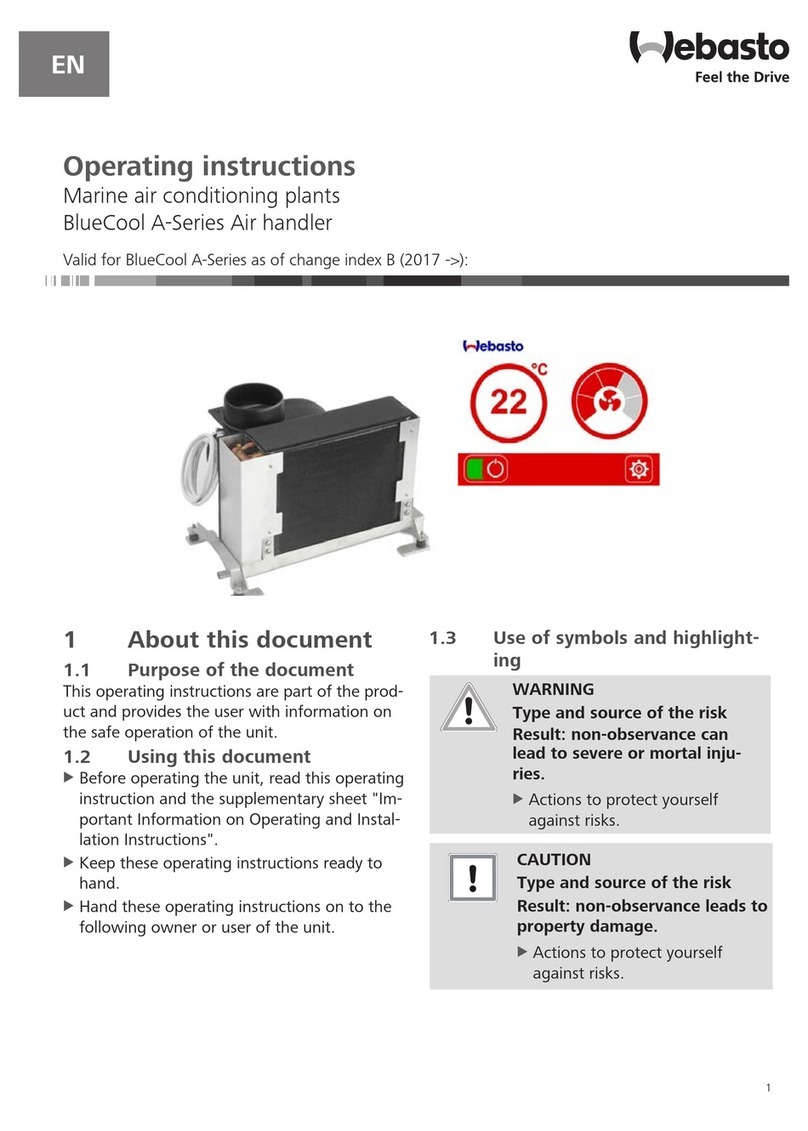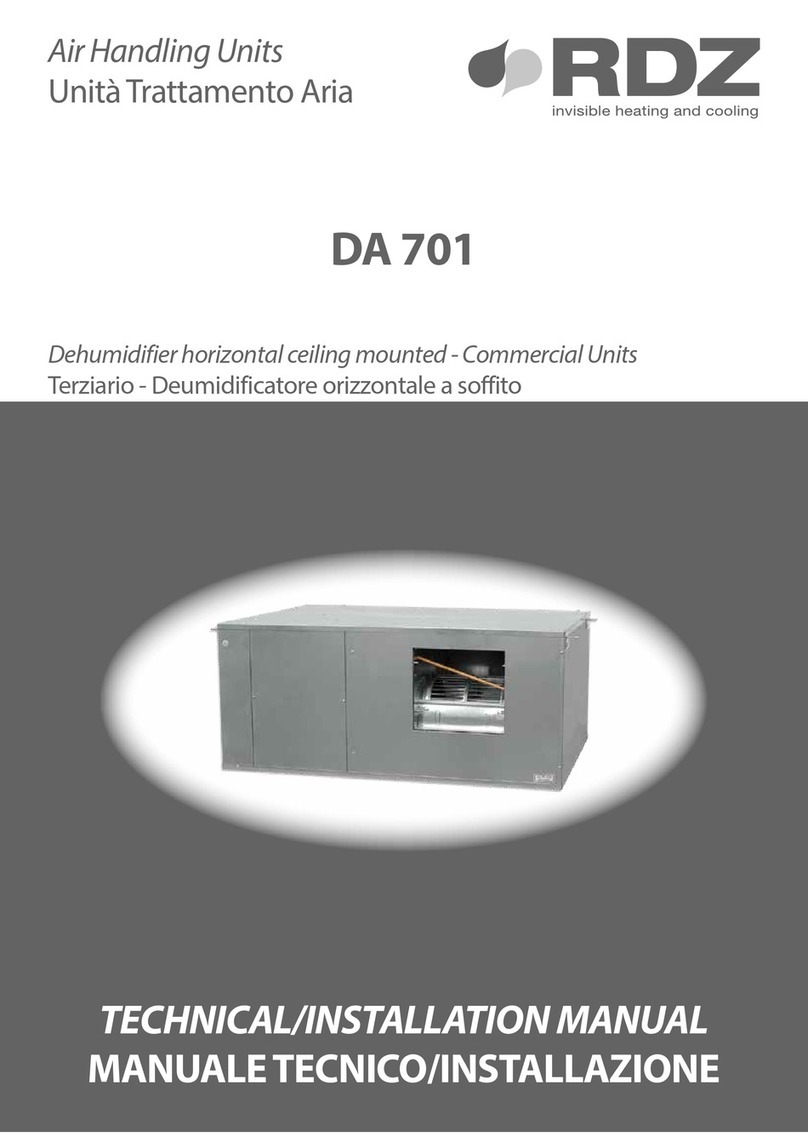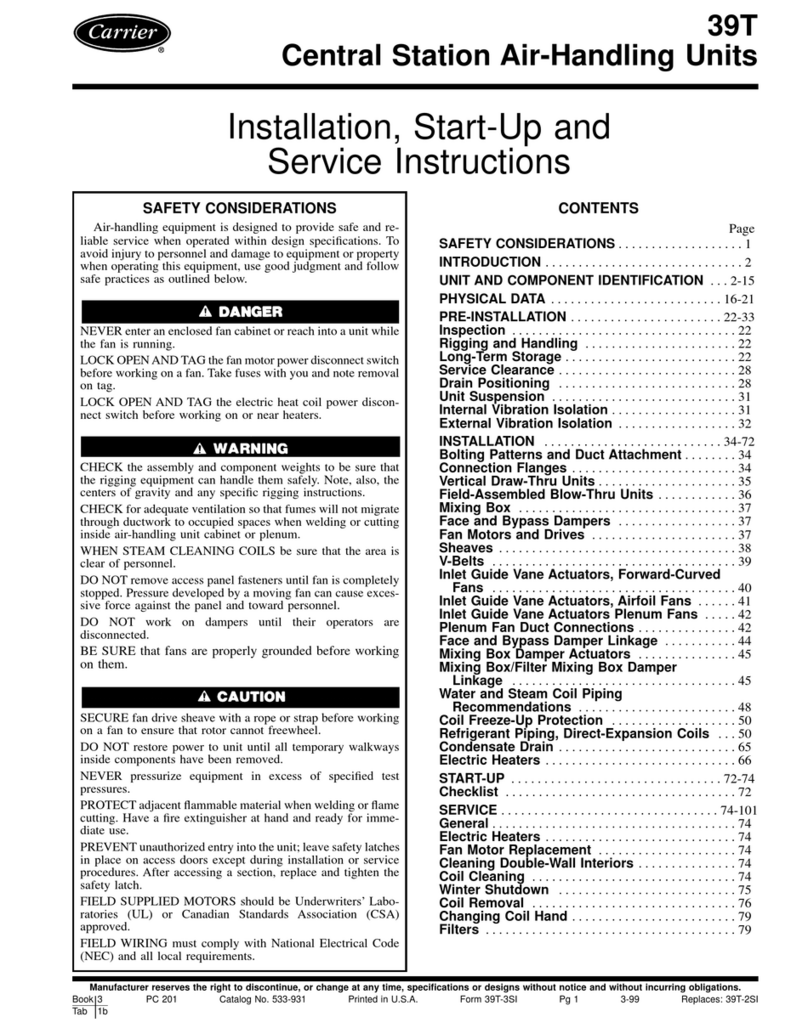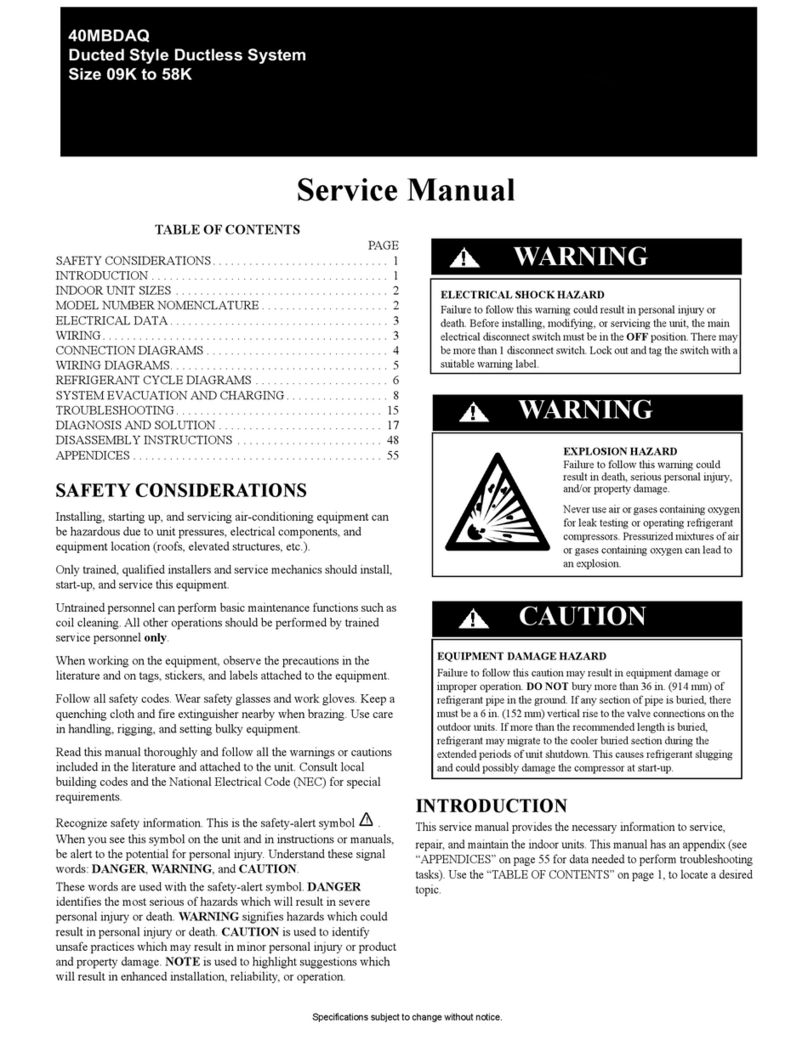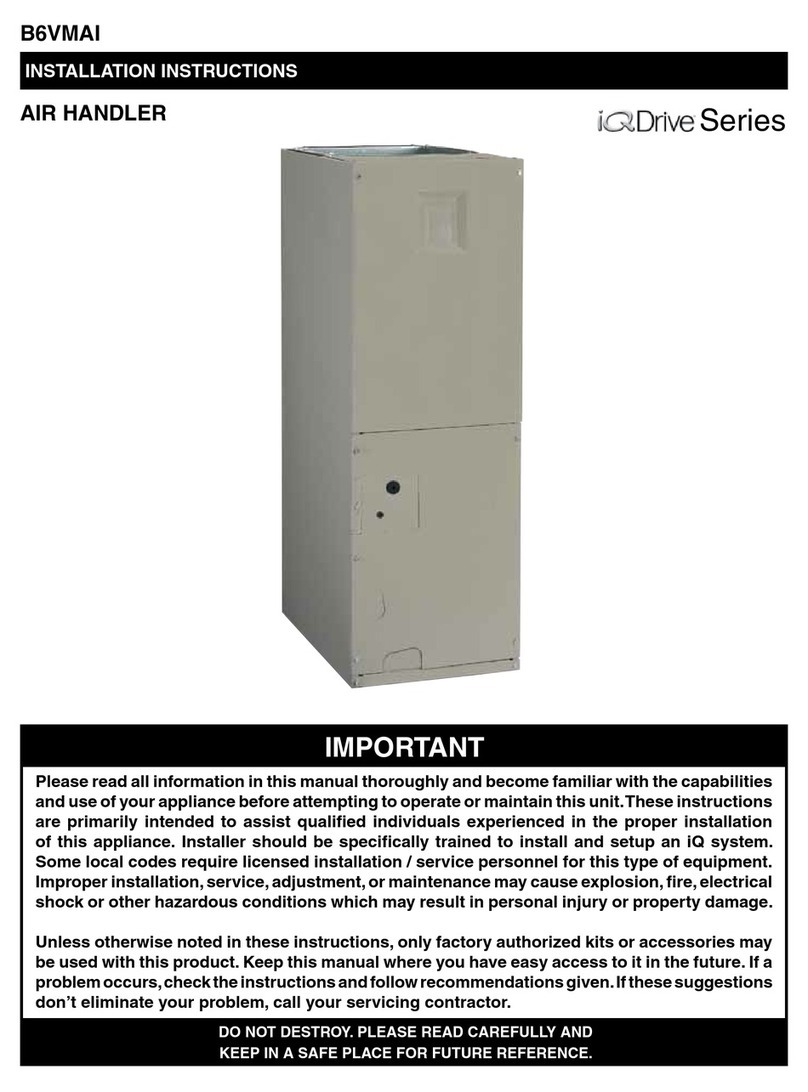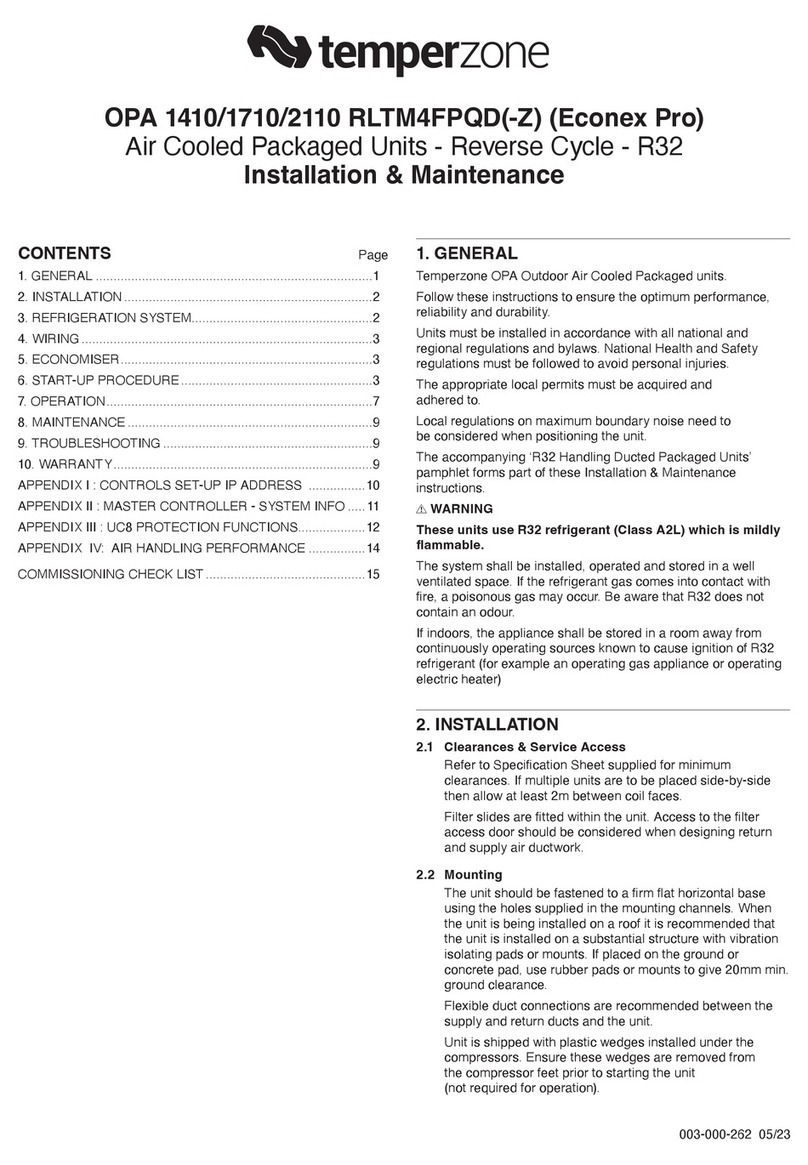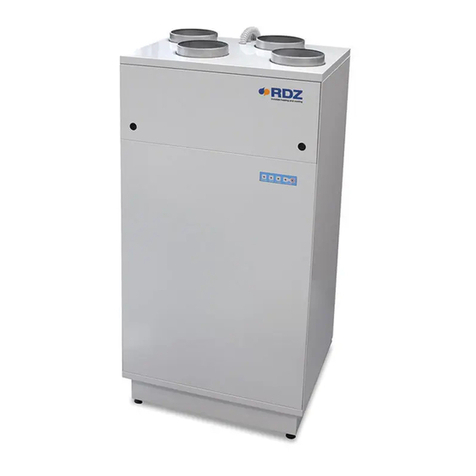
TABLE OF CONTENTS
SECTION 1 - INTRODUCTION.................................................................................................................................9
Inspection.........................................................................................................................................................9
Introduction.......................................................................................................................................................9
General....................................................................................................................................................9
Unit Identification..............................................................................................................................................9
Hand Identification............................................................................................................................................9
Rigging And Handling.......................................................................................................................................9
Storage...........................................................................................................................................................10
Assembling Equipment...................................................................................................................................11
Gasketing..............................................................................................................................................11
Mounting Actuator ................................................................................................................................11
Mixing Box.............................................................................................................................................11
SECTION 2 - INSTALLATION ................................................................................................................................13
Installation .....................................................................................................................................................13
Suspended Units...................................................................................................................................13
Suspending Using Factory Base Rail ............................................................................................13
Suspending Using Field Supplied Supports...................................................................................15
Internal Isolation....................................................................................................................................15
External Isolation ..................................................................................................................................15
Service Clearance.................................................................................................................................15
Panel Removal...............................................................................................................................15
General Piping.......................................................................................................................................15
DX Connection Steps.....................................................................................................................................16
In the eld:.............................................................................................................................................16
Notes:.............................................................................................................................................16
Condensate Drain .................................................................................................................................16
Electrical Installation..............................................................................................................................16
INSPECTION & START-UP CHECKLIST .............................................................................................17
SECTION 3 - STARTUP..........................................................................................................................................19
Electric Heat Start-Up.....................................................................................................................................19
Before Start-Up Check...................................................................................................................................19
Start-Up..........................................................................................................................................................19
First Time Motor Startup.................................................................................................................................20
Air Balancing.........................................................................................................................................20
Sheaves.........................................................................................................................................20
SECTION 4 - PERIODIC MAINTENANCE AND SERVICE....................................................................................21
PERIODIC MAINTENANCE AND SERVICE..................................................................................................21
General..................................................................................................................................................21
After 48 Hours of Operation ..................................................................................................................21
Weekly...................................................................................................................................................21
Every Month..........................................................................................................................................21
Every Three to Six Months....................................................................................................................21
ENVIRO-TEC 5
FORM ET102.19-NOM1 (0521)

